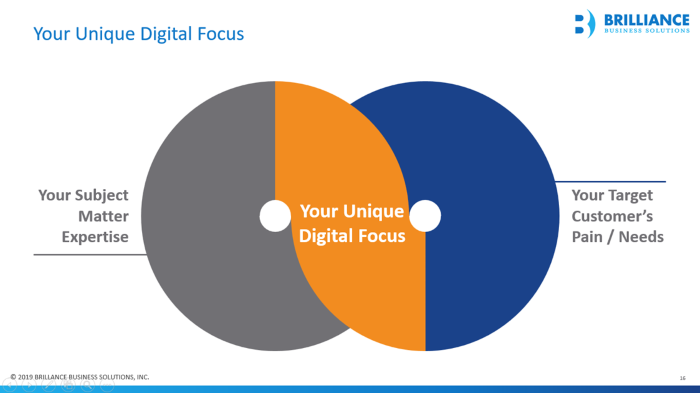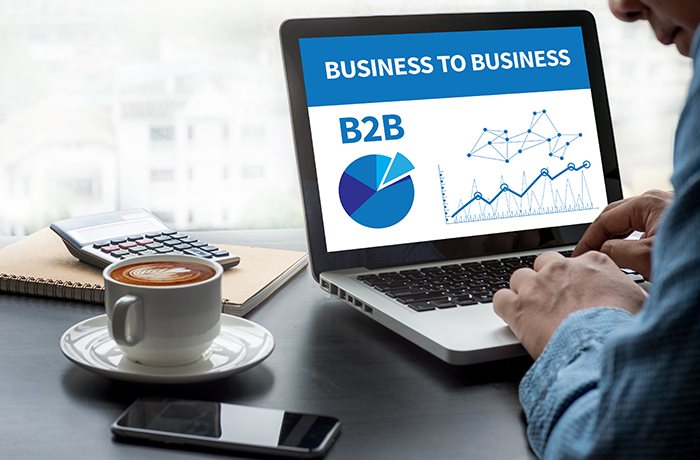For today’s manufacturers and distributors in the B2B space, navigating an increasingly competitive market can feel like an uphill climb. Products that once set you apart are now readily available through a growing number of channels, and digital platforms make them easier to find and purchase than ever before. This challenge is not new to retail, where eCommerce giants have long dominated, but its rise in B2B is undeniable. Take Amazon Business, for example, which hit $10 billion in sales in 2018 and is already ranked the sixth largest industrial distributor in the U.S. Similarly, Grainger generates 30% of its sales through eCommerce today and predicts digital will eventually account for 80% of its total revenue. These shifts are pressuring profit margins and forcing businesses to rethink their strategies. Still, there’s no reason to lose hope. Manufacturers and distributors can rise above the “race to the bottom” with the right strategy. Here are three key approaches to not just survive but thrive in this new digital landscape.
1. Partner Strategically with Digital Giants
Digital giants like Amazon Business and Grainger don’t have to be enemies. Instead, they can be part of your strategy. Partnering with these platforms brings access to their massive customer bases and unmatched online visibility, but success lies in how you collaborate.
Don’t put your entire catalog in their hands. Be selective. Identify specific products that are a good fit for third-party marketplaces and use those platforms to complement—not replace—your direct sales channels. Most importantly, build and strengthen your own eCommerce site. Your digital storefront should offer the tools and information your customers value most. By enabling self-service capabilities that streamline processes for your customers and give you tighter control over pricing, inventory, and branding, you can stand out while safeguarding profit margins.
2. Differentiate with Expertise and Customer-Centric Focus
Your business has a unique advantage over eCommerce giants, and that is your history, experience, and depth of industry knowledge. While larger competitors may offer broader selection, they’re unlikely to match your ability to solve niche problems and address pain points in highly targeted ways. Leverage this expertise to establish your differentiation. For example, if you’ve spent decades developing industry-specific insights, use that knowledge to create resources that address your ideal customers’ challenges. From detailed guides to troubleshooting tips to tailored product recommendations, your specialized content can help position you as an indispensable partner in their success. Focus on understanding your customer personas and digitize the experience around their needs. When you prioritize what matters most to your customers, you not only build trust but also deliver a value proposition that outshines the convenience of larger platforms.
Self-service tools are vital to digital success, but you don’t need to replicate every feature the giants offer. Instead, focus on simplifying key interactions for your customers. Combine this ease of use with your expertise, and you’ll see loyalty deepen, customer retention improve, and direct sales grow.

3. Use Machine Learning to Personalize the Experience
Personalization is no longer a "nice-to-have"; it’s a necessity for businesses that want to differentiate in a crowded market. Modern personalization tools don’t just suggest products; they anticipate customer needs, driving both average order size and long-term loyalty. Machine learning technology allows you to analyze customer behavior and preferences, enabling smarter product recommendations and tailored offers. For example, you can suggest complementary products before your customers even know they need them. This level of personalization helps you engage customers on a deeper level, creating a seamless buying experience that builds trust and drives repeat business. Gartner Research supports this approach, noting that organizations utilizing online personalization outsell those that do not by over 30%[i]. If you haven’t yet incorporated personalization into your strategy, now is the time. Simply put, it’s a proven driver of growth.
Turn Challenges into Opportunities
While navigating the shift toward digital can feel overwhelming, it also presents incredible opportunities. By harnessing strategic collaboration, emphasizing your unique industry expertise, and leveraging advanced digital tools like personalization, you can carve out a strong position in the market and position your company for long-term growth. Take control of your digital future today. Leverage what makes your business unique, and transform the challenges of a changing market into opportunities for sustainable growth.
[i] Gartner Research, Embrace the Possibilities and Distinct Characteristics of B2B Digital Commerce for Optimal Results, Jason Daigler, Penny Gillespie, Chris Fletcher, Sandy Shen, Refreshed 16 January 2019, Published 16 May 2016



